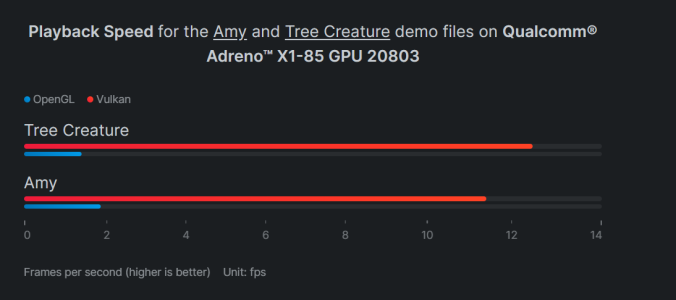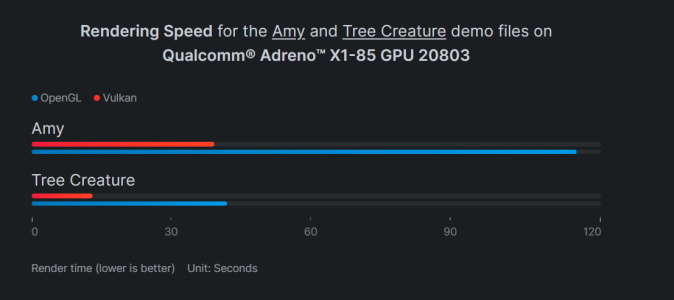Article about the state of that Tuxedo/Linaro Linux laptop based on X Elite here.
Seems it's finally nearing daily drivable status, tho still prototype stage. Both nice that progress has been ongoing and a woeful indictment of Qualcomm's Linux support that we're just nearing full feature enablement a year after launch...
It sucks because I'm actually excited about X Elite Gen 2 from a hardware POV, but I'm so disillusioned by QC's (lack of) efforts regarding Linux that I can't picture myself buying into the platform even if it delivers on its wildest performance expectations.
Seems it's finally nearing daily drivable status, tho still prototype stage. Both nice that progress has been ongoing and a woeful indictment of Qualcomm's Linux support that we're just nearing full feature enablement a year after launch...
It sucks because I'm actually excited about X Elite Gen 2 from a hardware POV, but I'm so disillusioned by QC's (lack of) efforts regarding Linux that I can't picture myself buying into the platform even if it delivers on its wildest performance expectations.








